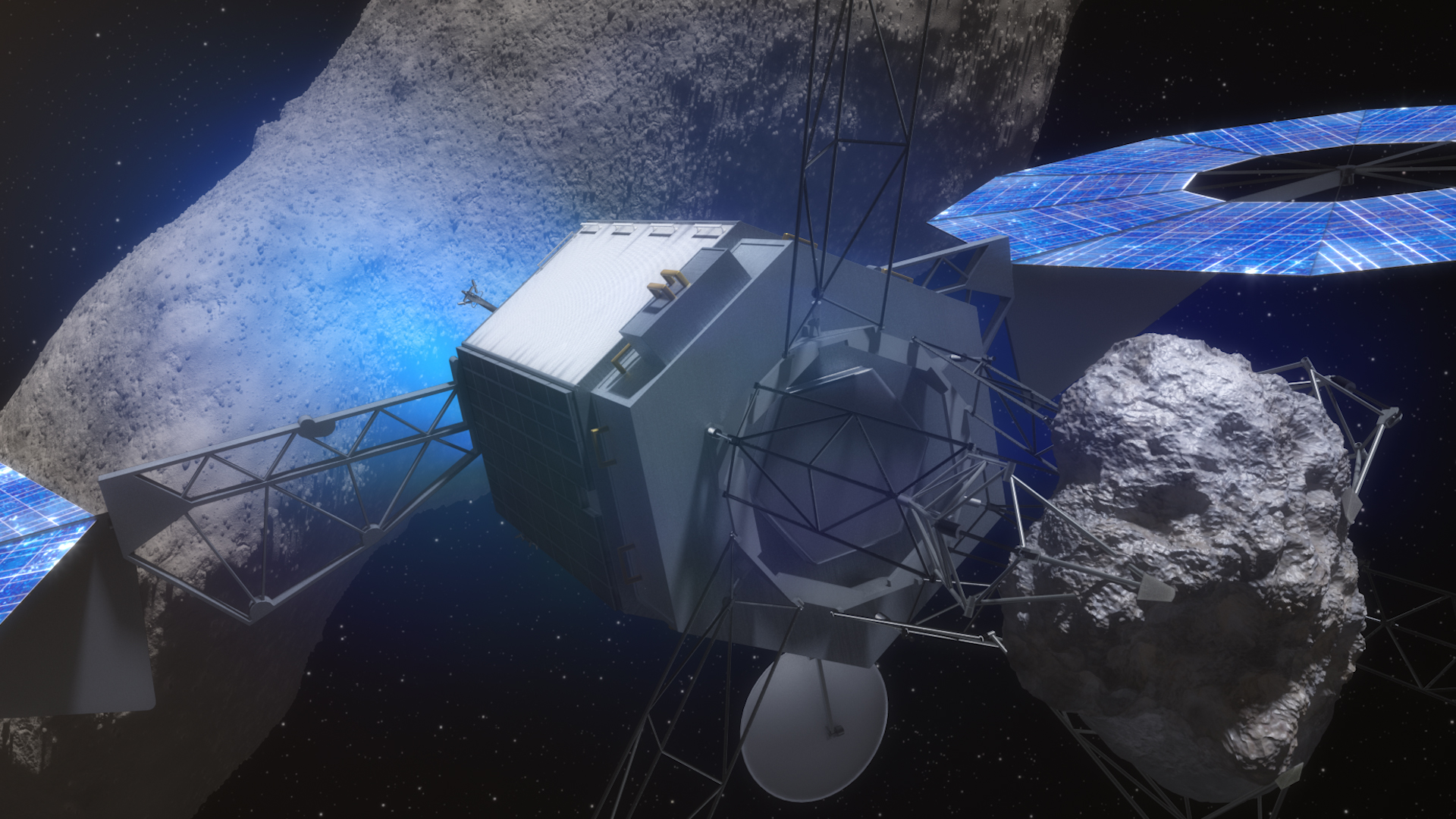President Obama signed the U.S. Commercial Space Launch Competitiveness Act (H.R. 2262) into law Wednesday. This law recognizes the right of U.S. citizens to own asteroid resources they obtain and encourages the commercial exploration and utilization of resources from asteroids.
“This is the single greatest recognition of property rights in history,” commented Eric Anderson, co-founder and co-chairman of Planetary Resources, Inc. “This legislation establishes the same supportive framework that created the great economies of history, and will encourage the sustained development of space.”
The act provides for three things, mainly: facilitates exploration and commercial recovery of space resources by United States citizens; discourages governmental barriers to economic viability; and promotes the right of the U.S. to engage in commercial space exploration and recovery.
The act also recognizes the United States’ international obligations and that all activity will be subject to the authority of the federal government, which will supervise.
“A hundred years from now, humanity will look at this period in time as the point in which we were able to establish a permanent foothold in space,” stated Dr. Peter H. Diamandis, another co-founder and co-chairman of Planetary Resources. “In history, there has never been a more rapid rate progress than right now.”
Related post: Watch The International Space Station Travel Around The Earth (In Realtime)
The chief engineer of the organization also commented on the legislation: “This off-planet economy will forever change our lives for the better here on Earth. We celebrate this law as it creates a pro-growth environment for our emerging industry by encouraging private sector investment and ensuring an increasingly stable and predictable regulatory environment.”
By Andy Stern

